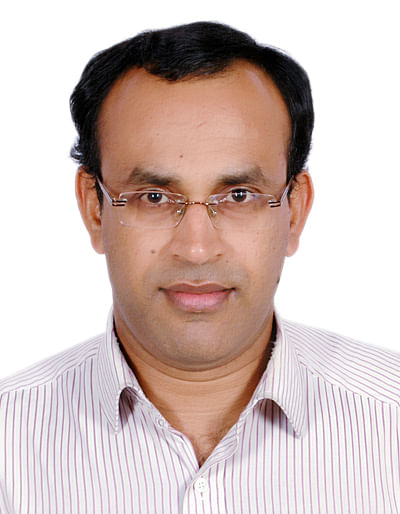Qualcomm chief discusses chip production, satellite connectivity
Electronics chip major Qualcomm Executive Chairman Paul Jacobs on Monday said the company is foreseeing development of mobile ecosystem in India not just assembling but also designing and manufacturing of devices.
Jacobs met Union IT Minister Ravi Shankar Prasad and Telecom Minister Manoj Sinha here, and discussed about the company’s satellite connectivity project and production of chips, used in devices like mobile phones.
The US-based chip maker, which had announced a $150-million fund for Indian startups working around mobile technology, has already made investments worth $23 million in five startups — Attune Technologies, HouseJoy , iFuture Robotics, MindTickle and NinjaCart — and is in talks with various other startups working around healthcare, Internet of Things (IoT), artificial intelligence and virtual reality in India.
Emerging out of the meeting, Jacobs said, “The discussion was also about investment in satellite company called OneWeb that is going to build over 700 satellites, and launch those by 2019 and 2020. It will provide mobile broadband to most remote areas of the country and will have connectivity from a terminal on ground, up through sky into the rest of the network.”
When asked about its status to start production of chipset in India, he said that Qualcomm has had initial discussion with manufacturers of chips but not reached to the stage where production details can be firmed up.
Qualcomm designs chipsets on its own but get them produced from semiconductor plants of its partners. Ravi Shankar Prasad said we discussed a slew of issues around its expansion in India, venture fund and its new global satellite based communications network – OneWeb, which the company expects to launch in 2019-20.
Qualcomm’s OneWeb communications network will be made of low-earth-orbit (LEO) satellite constellation made up of hundreds of satellites, orbiting at approximately 1,200 kilometers and working in coordination to create the world’s largest coverage footprint.
